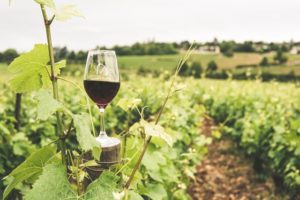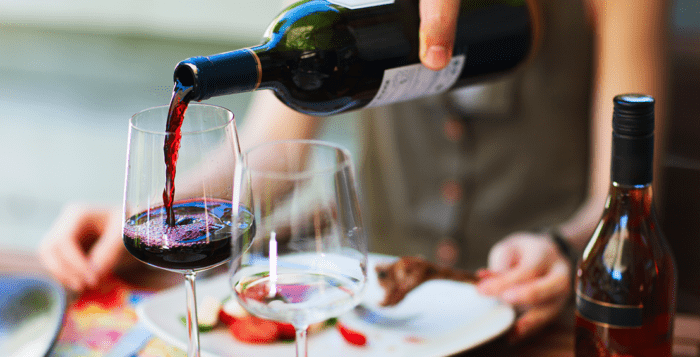By Bob Lipinski
When you mention Portuguese wines, most people think of refreshing summer rosé wines or wonderful Port wines great for colder weather. But Portugal has more to offer than just rosé and port. In fact, some of the greatest wine values in today’s market are the red and equally fine white table wines. Portugal ranks as the world’s 11th largest producer of wine and the 4th in the world in per capita consumption. Portugal is rapidly developing an arsenal of modern table wines, sourced from a diverse array of over 200 unique, native grape varieties.
Portugal is a grape-growing and winemaking country in Europe, which is about 360 miles long and 130 miles wide, and roughly the size of Maine. As of 2017, there are 14 IGP (protected geographical indication) regions in Portugal: Alentejano, Algarve, Azores, Beira Atlântico, Duriense, Lisboa, Minho, Península de Setúbal, Tejo, Terras da Beira, Terras de Cister, Terras do Dão, Terras Madeirenses, and Transmontano. These regions are subdivided into 31 DOC grape-growing regions. Portugal produces red, white, rosé, and sparkling wines, along with its famous dessert wines, port and Madeira.

While there are hundreds of indigenous grapes grown in Portugal, the ones to try are:
Red Grapes: Castelão, Touriga Nacional, Touriga Franca, Tinta Roriz, Tinta Barroca, Tinto Cão, Baga
White Grapes: Alvarinho, Loureiro, Trajadura
Some recommended regions to try wines from are….
Alentejo: A DOC (2003) grape-growing region south of the River Tagus and southeast of Lisbon in the Alentejano region producing red, white, rosé, sparkling and sweet fortified wines. Alentejo contains most of the country’s cork forests.
Dão: A DOC (1990) grape-growing region northeast of Lisbon in the Terras do Dão region producing red, white, rosé, nouveau, and sparkling wines. Dão is named for the Dão River, a tributary of the Mondego River in north-central Portugal south of the Douro River.
Douro: A DOC (1998) grape-growing region in the Duriense region producing red, white, rosé, sparkling, and licoroso (Moscatel do Douro) wines.
Vinho Verde: A DOC (1999) grape-growing region in the Minho region in the northwest producing red, white, rosé, sparkling and late-harvest wines. Vinho Verde is the largest DOC in Portugal and approximately 85 percent of Vinho Verde wine is white. Vinho Verde translates to green wine, a reference to the wines’ youthful freshness, which is applied equally to the light-bodied white, red, and rosé wines. The perception of Vinho Verde is that it is made to be drunk in the year after the harvest, so few bottles have a vintage date.
“I love white Portugal wine better than claret, champagne, or burgundy; I have a sad vulgar appetite.” (Jonathan Swift, 1667–1745, English Satirist)
Bob Lipinski is the author of 10 books, including “101: Everything You Need to Know About Whiskey” and “Italian Wine & Cheese Made Simple” (available on Amazon.com). He consults and conducts training seminars on Wine, Spirits, and Food and is available for speaking engagements. He can be reached at www.boblipinski.com OR bkjm@hotmail.com.


 Bob Lipinski, author of 10 books; writes, consults, and conducts training seminars on Wine, Spirits, and Food and is available for speaking engagements.
Bob Lipinski, author of 10 books; writes, consults, and conducts training seminars on Wine, Spirits, and Food and is available for speaking engagements.
Recent Comments